Air travel with electronic devices can be challenging, especially when it involves items with lithium-ion batteries, such as the Asiwo Manta underwater scooter. These scooters come equipped with removable batteries that are crucial for their operation, but when flying, you need to be fully aware of the relevant aviation regulations to avoid travel disruptions.
This guide outlines the key points to know about carrying the Asiwo Manta batteries on a plane, including the critical Watt-hour (Wh) limits, carry-on requirements, and proactive steps to ensure compliance with international and national regulations.
Understanding Underwater Scooter Battery
The Asiwo Manta 126Wh battery is a removable lithium-ion battery designed for use with the Asiwo Manta underwater scooters. Its energy capacity of 126 Wh is the key factor in determining whether it can be transported on passenger aircraft.
Battery Specifications and Air Travel Eligibility
-
Energy Capacity: 126 Wh
-
Nominal Voltage: 25.2V
-
Rated Capacity: 5000mAh
-
Weight: Approximately 1.02 kg (2.2 lbs)
-
Run Time: Up to 35 minutes
-
Charging Time: 2 to 3 hours

→ Asiwo Manta
This battery is commonly used in the Manta models. While it’s designed to be portable, air travel with this battery is subject to specific aviation regulations.
Why Watt-Hours Matter for Air Travel
Watt-hour (Wh) is a measurement of a battery's energy capacity. Aviation authorities, including the TSA, FAA, and IATA, set clear rules about how much energy a lithium-ion battery can have to be safely transported by air.
-
126Wh Battery: This battery falls within the 101–160Wh range, meaning it requires airline approval before you can carry it onto a plane.
Airlines often require additional precautions for batteries that fall within this range due to the higher potential risks associated with lithium-ion batteries during air travel. Understanding the battery’s Wh rating and complying with the regulations is vital to ensuring safe transport.
Lithium-Ion Battery Air Travel Regulations
A variety of regulatory bodies set rules regarding the transport of lithium-ion batteries, and understanding their guidelines is crucial for ensuring safe travel with the 126Wh battery.
Key Regulatory Bodies
-
TSA (Transportation Security Administration): Responsible for security screening in the United States, enforcing the rules about battery transport.
-
FAA (Federal Aviation Administration): Sets regulations for safe battery transport in the U.S.
-
IATA (International Air Transport Association): Provides global standards for battery transport, followed by airlines worldwide.
General Battery Transport Guidelines
-
Carry-On Preference: Batteries must be carried in your carry-on baggage, not checked luggage. This is essential for safety, as it allows flight crews to respond immediately in case of any issues.
-
Checked Baggage Restrictions: Spare lithium-ion batteries are prohibited in checked baggage. If installed in a device, the device must be powered off, and proper protection against unintentional activation is required.
-
Protection from Short Circuits: All spare batteries must be protected from short circuits, such as by taping over terminals or storing them in protective pouches.
- No Onboard Charging: Recharging lithium-ion batteries on an aircraft is strictly prohibited to prevent the risk of overheating or electrical failure during flight.

Specific Regulations for Batteries on Aircraft
Standard Acceptance: 0-100 Wh
Batteries under 100 Wh, such as those in devices like the MAKO Li-ion Battery (92.5 Wh), can be transported without special airline approval. However, spare batteries are not allowed in checked baggage.
Requiring Airline Approval: 101-160 Wh
The 126Wh battery falls into this category, meaning it can only be transported in carry-on baggage with prior airline approval. You are allowed to carry up to two spare batteries.
Generally Prohibited: Exceeding 160 Wh
The 252Wh battery exceeds the 160 Wh limit and is typically prohibited from passenger aircraft due to its high energy content.
Practical Guidelines for Traveling with Your Battery
Carry-On vs. Checked Baggage
Always pack the battery in your carry-on baggage. The scooter body can be packed in checked luggage, but the battery must remain in the cabin. This allows flight crews to manage any potential safety issues that arise.
Mandatory Battery Removal from the Scooter
Before traveling, remove the battery from the scooter to avoid accidental activation or heat generation. This is a non-negotiable safety requirement.
Protecting Your Batteries
Properly protect your battery by insulating the terminals with non-conductive tape or placing the battery in a protective pouch. Ensuring your battery is well-cushioned prevents physical damage during transit.
Quantity Limits for Spare Batteries
If you’re traveling with the 126Wh battery, you can carry a maximum of two spare batteries. Any spare batteries must be individually protected to prevent short circuits.
Contacting Your Airline in Advance
Since the 126Wh battery requires airline approval, it’s essential to contact the airline well in advance. Always request written confirmation of their approval for carrying the battery.
Future of Battery Transport Regulations
Aviation safety is a continually evolving field, and new regulations may emerge over time. One such change is the upcoming IATA State of Charge (SoC) regulation, effective in 2026, which mandates lithium-ion batteries be shipped with no more than 30% charge when transported by air. While this primarily affects commercial shipping, it could influence future passenger policies as well.
As travelers, it’s essential to stay informed about these evolving rules to ensure safe and compliant travel with lithium-ion batteries like the Asiwo Manta 126Wh battery.
Recommended: Underwater Scooter Battery Life and Runtime: What You Need to Know
Recommendations for a Seamless Travel Experience
Pre-Flight Checklist for Battery Preparation
-
Identify Battery Wh Rating: Ensure you know whether you have the 126Wh or 252Wh battery.
-
Contact the Airline: Secure approval for the 126Wh battery and retain written documentation.
-
Remove Battery from Scooter: Always pack the battery separately.
-
Protect Battery Terminals: Use non-conductive tape or a dedicated pouch.
-
Pack Batteries in Carry-On: Never pack spare batteries in checked baggage.
Navigating Airport Security
-
Separate Screening: Be prepared to remove batteries from your carry-on bags for screening.
-
Inform Officers: Provide airline approval documentation for smooth processing.
-
Cooperate with Security: Work with security personnel to ensure compliance.
Conclusion
Traveling with an Asiwo Manta underwater scooter and its battery requires a careful understanding of lithium-ion battery transport regulations.
By adhering to the specified Watt-hour limits, ensuring proper battery protection, and contacting the airline in advance, you can navigate the complexities of air travel with ease.
The future of battery regulations also suggests more stringent measures, so staying informed and prepared is essential for any traveler.
FAQs
Do I need airline approval for the 126Wh Asiwo Manta battery?
Yes, because it exceeds 100Wh, airline approval is required for air transport.
Can I pack the 126Wh battery in checked luggage?
No, lithium-ion batteries must always be packed in carry-on baggage, never in checked luggage.
Can I pack the scooter body in checked baggage?
Yes, the scooter body can generally be packed in checked baggage, but remember to remove the battery beforehand.
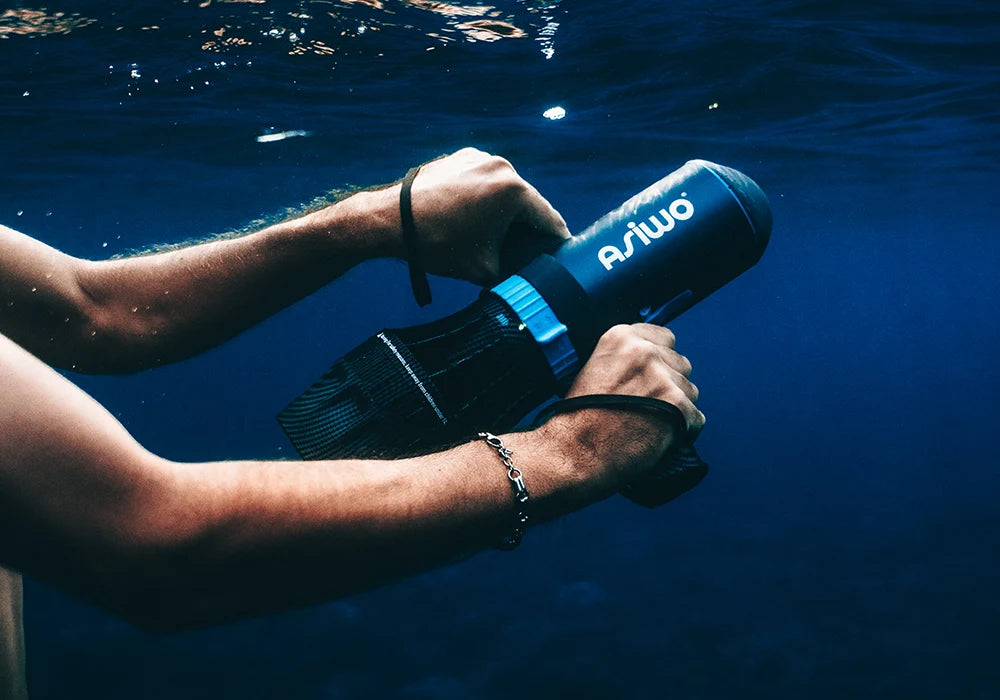




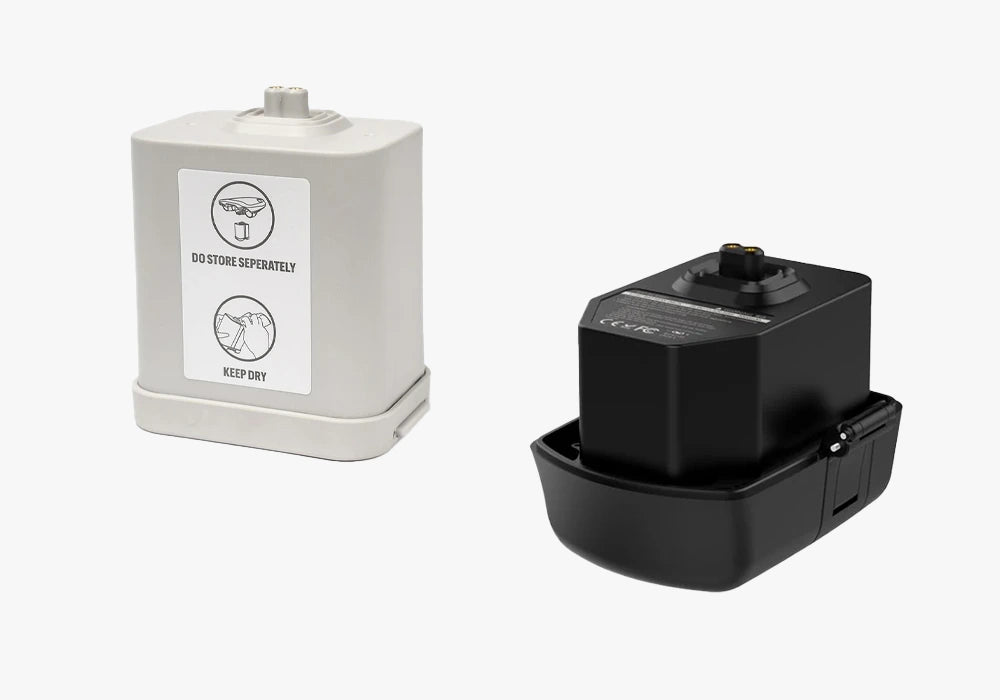




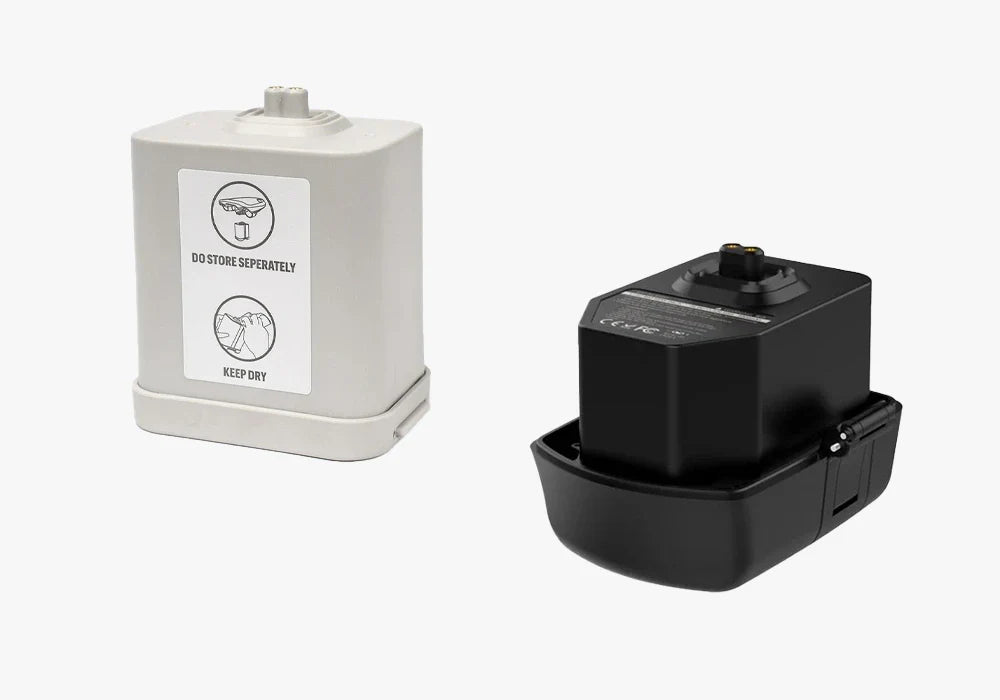
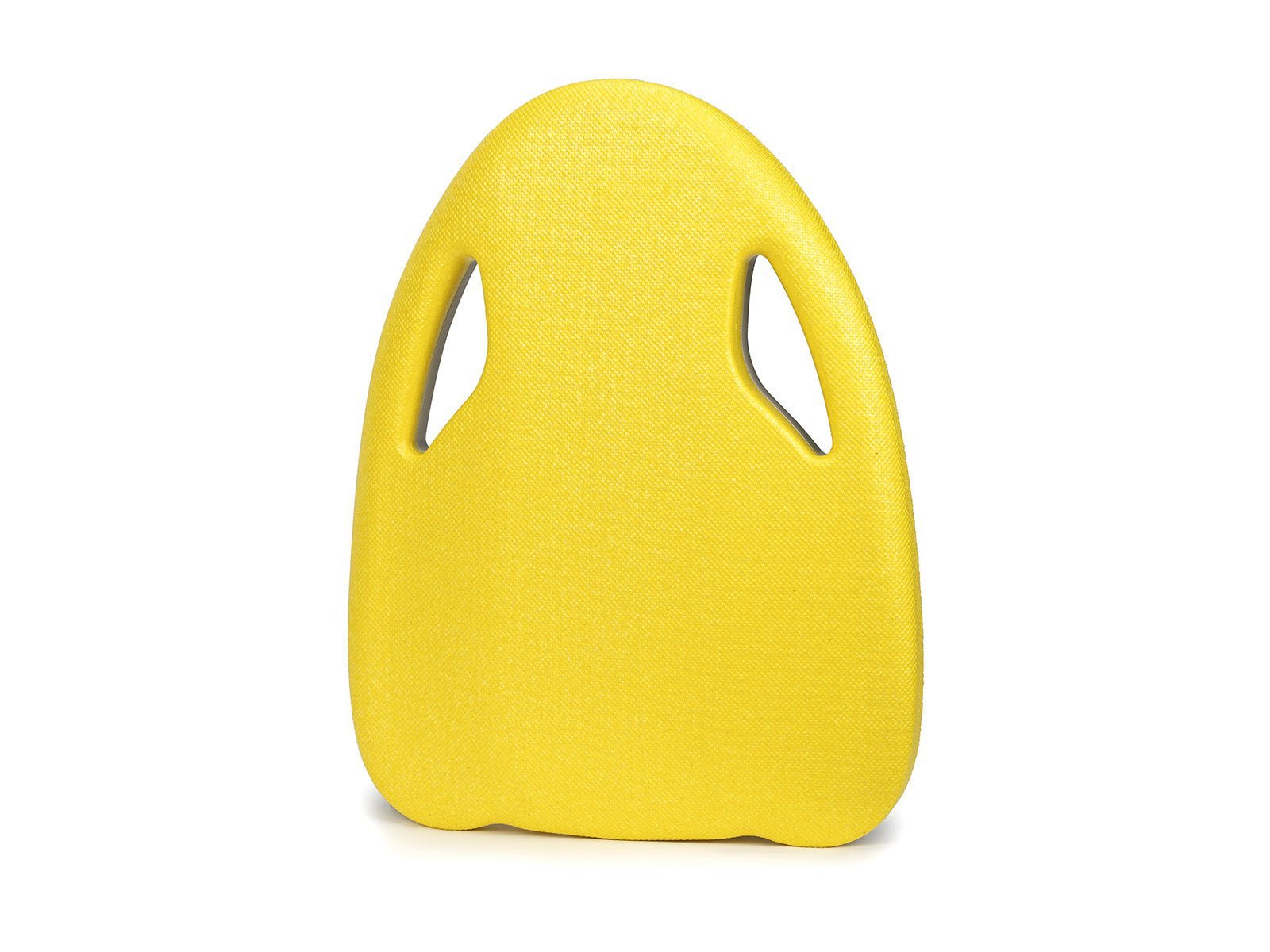
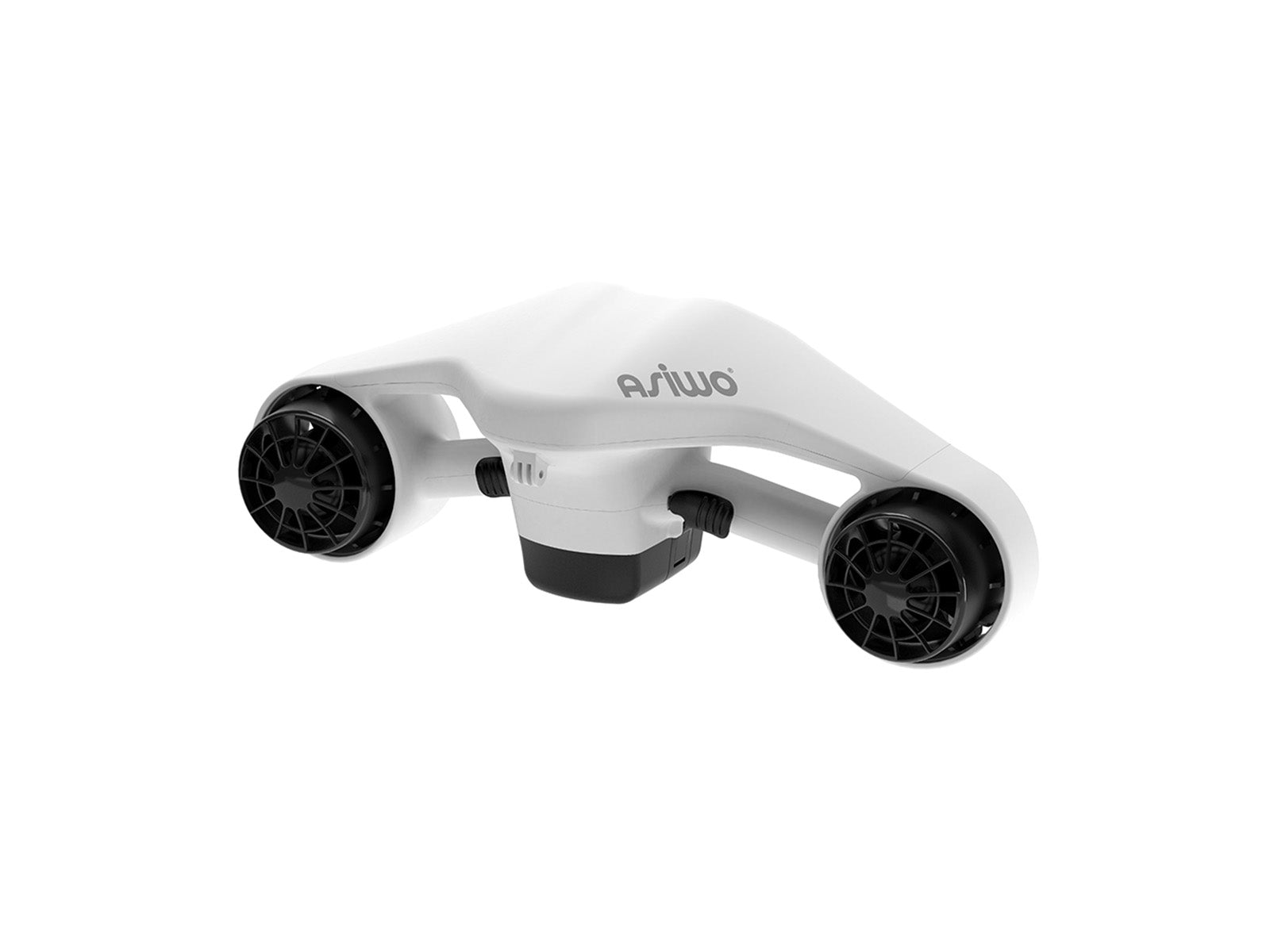
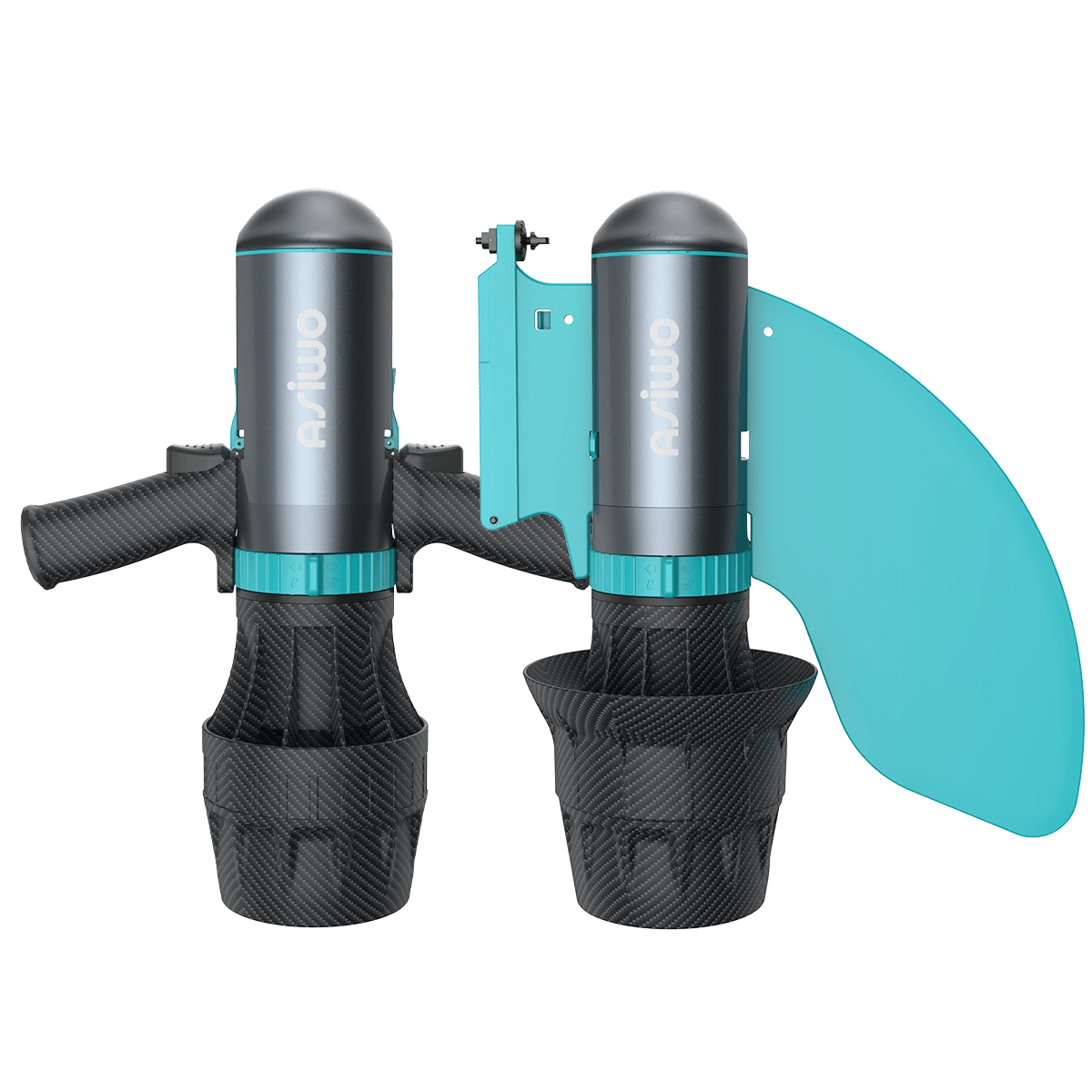




Laissez un commentaire